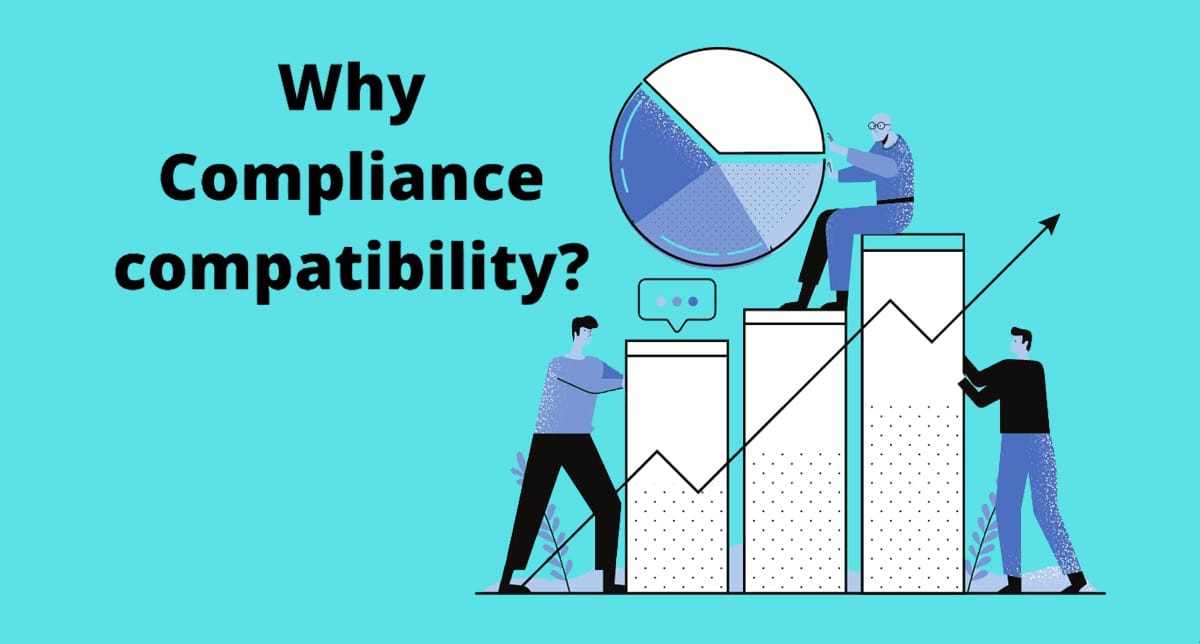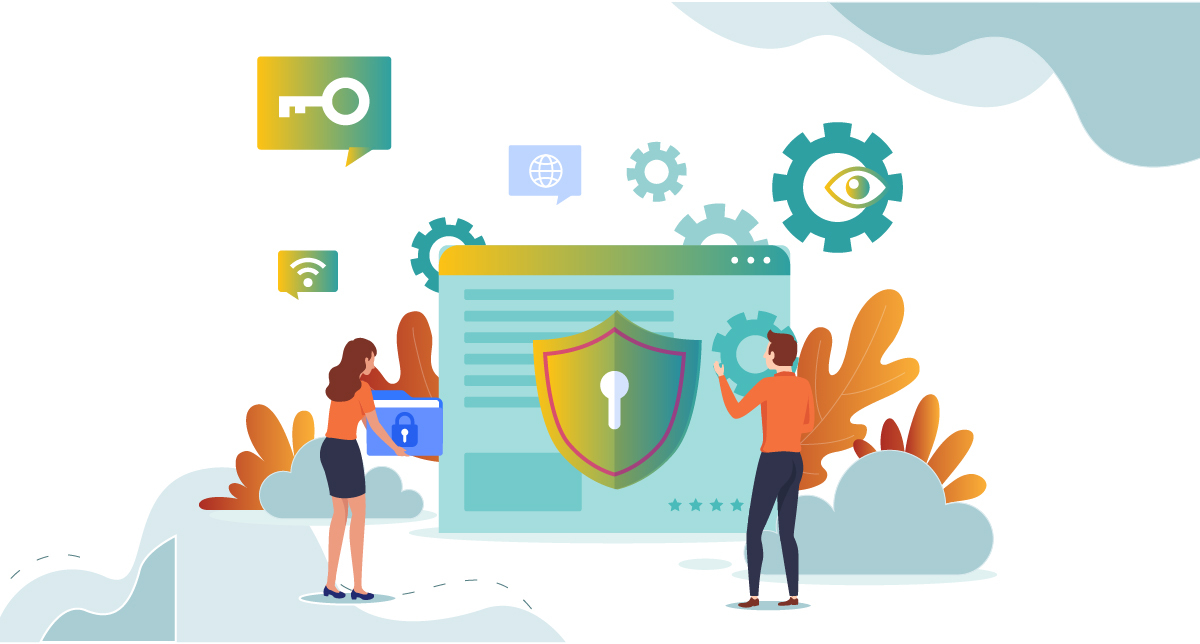Having a compliance management system in place is critical in to ensure that your business meets compliance regulations and can demonstrate compliance measures. Research indicates that most firms must comply with 13 different IT security and privacy regulations. Every quarter a compliance audit comes along and consumes up to 58 working days. Compliance violations can cost a firm millions of dollars and cause irreparable damage to company reputation.
According to the US Department of Labor (DOL) 180 federal laws pertain to workplace activities for close to 10 million employers and 125 million workers, necessitating good governance of data and processes. Moreover various other compliance regulations come into play depending on geography and industry such as:
- CCPA – California Consumer Privacy Act
- HIPAA – Health Insurance Portability and Accountability Act
- GDPR – General Data Protection Regulation
- PCI DSS – Payment Card Industry Data Security Standard
The Biggest Obstacles to Managing Compliance
Management of compliance is seeing an increase in the number of challenges they face. Despite companies spending sizable amounts of money on compliance requirements there are still incidents of compliance violations. The two main reasons behind this dilemma are a lack of awareness on policy updates and the absence of a proper system to supervise the organizational activities.
The problem is compounded with newer regulations coming into play along with an increased number of organizations migrating their systems to the cloud. Moreover, highly fragmented sensitive data that is growing in volume every year adds to the challenge. Choosing an appropriate solution that meets the specific needs of your business demands considering a variety of contributors.
The First Step – Ask the Right Questions
Choosing a compliance solution is not an easy task and gets all the more complicated when you factor in technological and administrative aspects into the decision-making process. Asking yourself a few of the questions we’ve listed out below can potentially help clear the air.
-
Why does your organization need to demonstrate compliance? Does it stem from legal mandates or from a business point of view in order to secure a certain market or accreditation?
-
Who is in charge of exhibiting organizational compliance?
-
Where is your compliance evaluated? On premise or remotely?
-
How are you expected to demonstrate compliance? Is it in the form of a calculation or is it recorded evidence and data?
-
When do you need to make your compliance measures apparent? Once a year, a cyclical time frame or throughout the year?
-
What aspect do you need to display in terms of compliance? Policy, standard, behavior, process, legal or otherwise?
Answering a few if not all of these questions can dictate some direction as to how you can approach your organization’s compliance needs. It also highlights that there is no universal solution that can be applied to all businesses and a range of options need to be considered before you can even begin.
Getting the Help You Need
Having a partner you can trust when it comes to staying on top of evolving compliance regulations is key to avoiding non-compliance. It can also alleviate a lot of the burden on your executives knowing that they have assistance for compliance management. The regulatory requirements in terms of scalability, risk, TCO and data management are dynamic in nature and staying one step ahead can most often mean incorporating an automated enterprise compliance management program.
There are other facets to consider such as managed services, regulatory expertise, data analytics and complementary technology. Incorporating multiple vendors to manage all of these attributes also means more touch points by which enterprise data can be compromised. Designating a third-party vendor to handle all of these data points secure can be a safety measure that pays off in the long run.
Conducting a gap analysis and mapping end-to-end compliance requirements can assess whether your existing technical eco-system and policies are adequately equipped to maintain compliance. Mitigating any operational and regulatory risks that may arise requires an agile partner who can retaliate swiftly and respond appropriately to shifts in global regulation requirements.
The Role of Compliance Professionals
The people who you hire to keep an eye on whether your business is meets compliance requirements must consistently evaluate and track sensitive data and Key Performance Indicators (KPIs) that pertain to compliance. KPIs can include risks from third parties, IT and security risks.
The best approach would be to harness an integrated solution that considers both risk and compliance. Ideally it should support compliance efforts for both external and internal compliance mandates and keep an eye on sensitive information. A unified SaaS source that remains flexible is often the best candidate. Having an adaptable SaaS solution can automatically update itself with newly rolled out data privacy laws and international mandates enables companies to stay on top of compliance requirements. Moreover, having an integrated solution can provide a single source of information that is essential to having all departments on board with new updates to policy. This enables enterprise-wide compliance.
In part 2 of this blog series, we’ll explore more factors to consider while choosing the compliance solution that best meets your needs.
In case you’re interested in improving compliance management for your organization, the ComplyD team would be glad to help. Leverage our SAP-native data discovery and compliance enablement tool. Enjoy comprehensive visibility through a user-friendly, unified dashboard with analytics. You’ll be able to take pro-actively take steps to meet any compliance regulations for ANY industry or geography. Our scientific, robust DASH approach discovers vulnerabilities and secures and hardens your perimeter to meet compliance regulations and avoid regulations. If you’d like a taste of compliance simplified for your entire enterprise, please request a demo.




